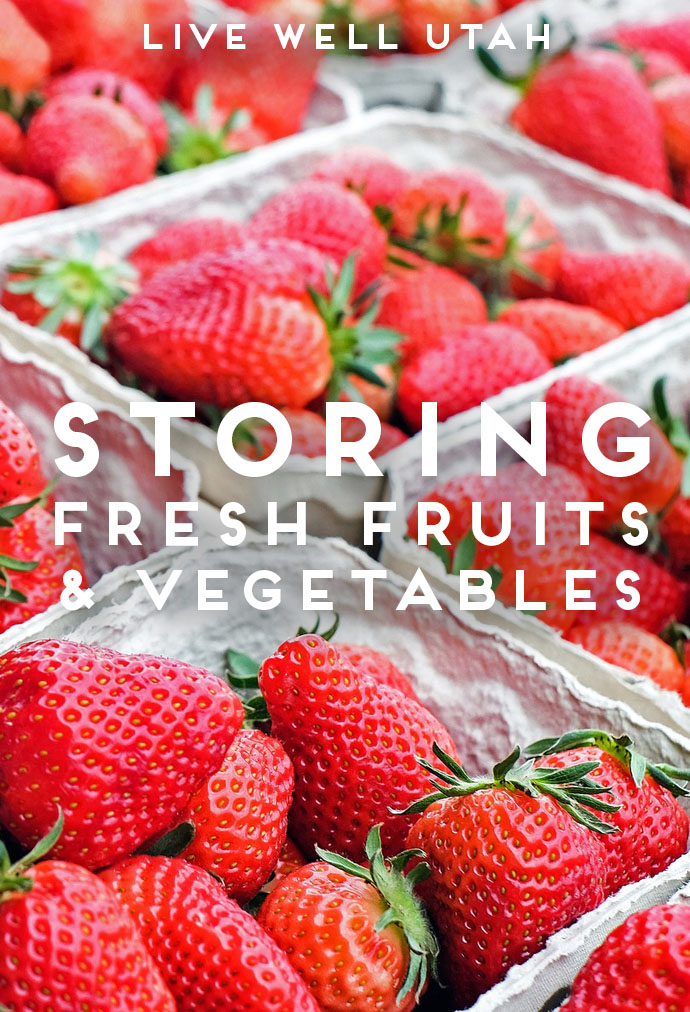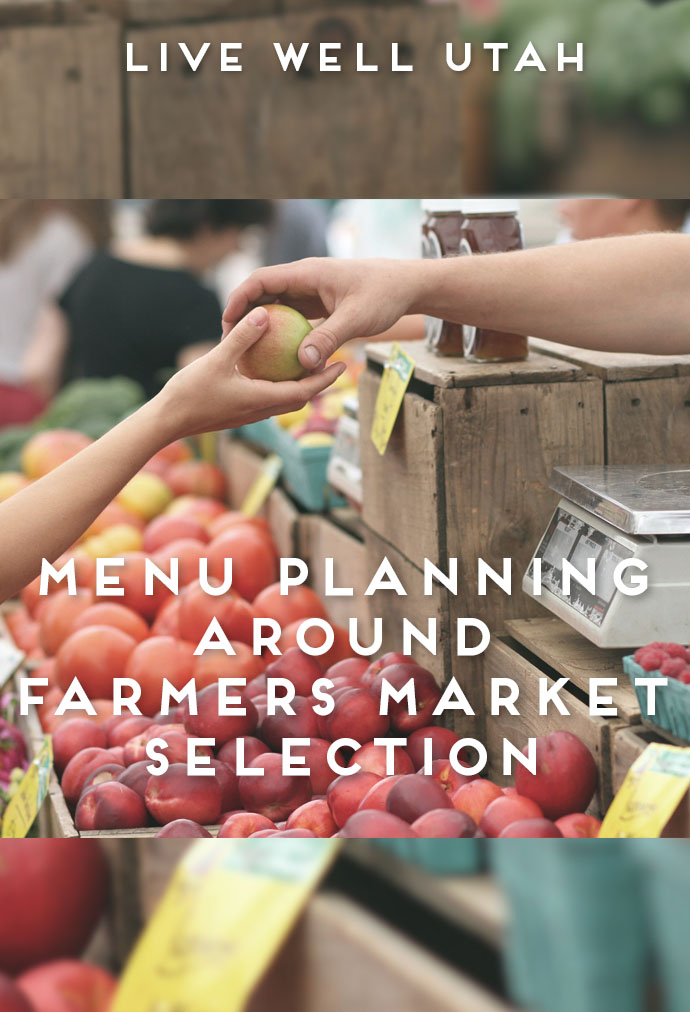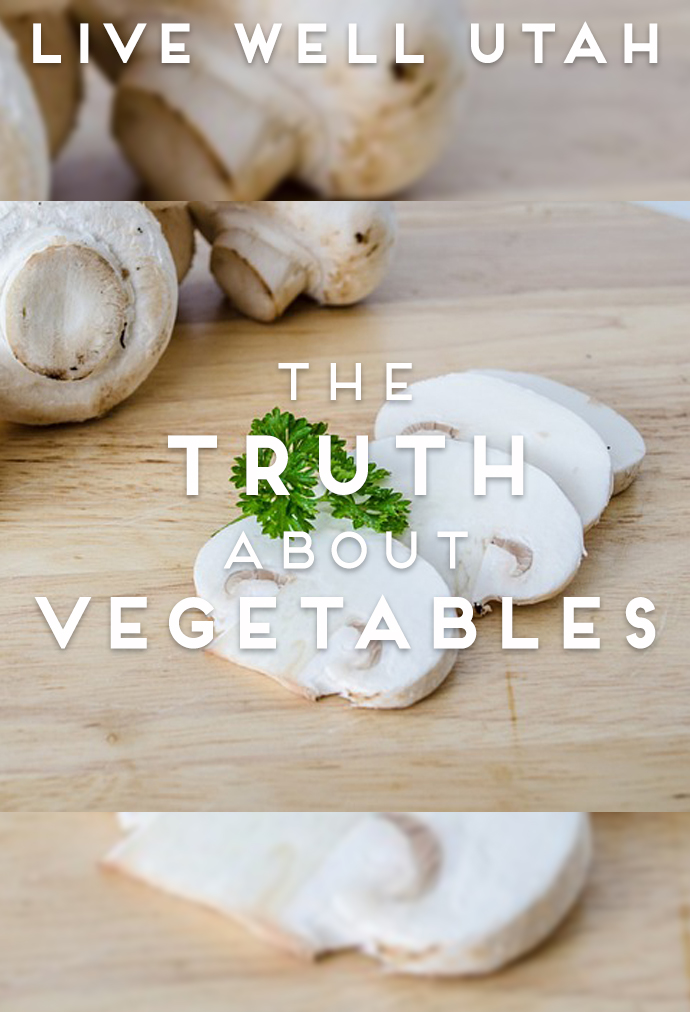Fun and Games to Make Grocery Shopping Easier
 Making shopping fun for your kids will make shopping more fun and easier for you too! Check out these 11 entertaining and educational activities to keep kids busy at the grocery store!
Making shopping fun for your kids will make shopping more fun and easier for you too! Check out these 11 entertaining and educational activities to keep kids busy at the grocery store!
In our last article, “10 Tips for Surviving Grocery Shopping with Kids,” one of our tips was to give children age-appropriate activities to do during shopping trips. To help you do this, I’ve collected a variety of of parent-proven activities for all age ranges. While some of these take a little planning and preparation, it is worth laying the groundwork to transform shopping with your family from dreaded and stressful to enjoyable and painless!
(Although the activities are grouped in specific age categories, many can be used for a wide range of ages.)
Shopping with little ones
- When young children get to help pick out produce and other items, it makes them feel like part of the team, and they are more likely to eat what they pick out, too! Make sure you give them choices you can live with, such as, “Broccoli or cauliflower?” You can also combine this activity with the matching game (#7 below) to make it more exciting.
- You can help your children feel important by asking them to help carry things, either while walking or while riding in the cart. They can have items they are in charge of until checkout.
- If you feel crafty, you might enjoy making a “grocery game” for your child to take on each shopping trip. This can be used with toddlers as well as preschoolers, or pictures can be replaced with words for beginning readers. You can find the tutorial here.
Shopping with preschoolers
- Play “I Spy.” Before entering the store, let children pick out a specific color, shape, number or letter and see how many of the object they can find while shopping. Compare from trip to trip to see what things are most common in the store.
- Play alphabet or letter scavenger hunt. Write out letters of the alphabet (or draw shapes or colors for younger children) on a paper, and let children cross off each one they find. If this doesn’t last long enough, you can have each letter, shape or color listed multiple times.
- Play a matching game. Put pictures of products your family often uses on cards (you may want to laminate these for use on other shopping trips). Good sources for pictures are store ads and coupons. Let children match these cards to the products at the store. Each time they find a match, they turn the card into you. It’s fun to see how many they can match each time.
- Play a guessing game. Give hints about what you are going to get next and see if the kids can guess what it is before you get it off the shelf.
Shopping with school-aged kids
- Put them in charge of the shopping list. Make a shopping list on your tablet, phone or on paper, and put your child in charge of crossing items off as they are put in the cart. For younger kids you can use pictures for the shopping list instead of words.
- Have your child sort the groceries as you put them in the cart. They can sort by category, such as by food group (fruits and veggies, grains, protein, dairy/calcium), by color or by size. Let them choose categories to put things into.
- If you have multiple kids to wrangle, play grocery bingo! Each child gets a board and they mark off items they see as you walk around the grocery store. The first to mark off five in a row wins! Below are several options to make your own bingo cards or download free cards to print.
- Make bingo boards with pictures using clip art, Google image search or cutting out pictures from the grocery flyer. You can use this free bingo template.
- Use this site to make bingo boards with any words you would like.
- These blogs each have two to four grocery-themed bingo cards you can download and use: U Create, Louisville Family Fun, Life Love and Thyme
If you laminate the cards or put them in sheet protectors, you can use dry erase markers to mark off items and they can be used again and again.
Middle school and above
- This is a great time to guide your children in learning to shop for the best deals at the grocery store. Have them help create your shopping list, using store ads and coupons if possible. Teach them how to look for unit pricing on the shelf tags at the store, as well as how to figure it out for themselves so they can do the calculations if unit pricing is missing on the shelf or not shown in equivalent units. Find a simple child-friendly explanation of how to figure out unit pricing here.
These activities, along with ideas from our previous article, can make your trips to the supermarket more pleasurable for the whole family. Have fun, and maybe enjoy singing a song in the car on the way!
This article was written by Alissa Weller, Healthy Family Fun Box Elder County Coordinator, and Carrie Durward, PhD, RD, Assistant Professor and Extension Nutrition Specialist
 Have you been to a farmers market yet this year? Whether it’s from a farmers market or a grocery store, don’t let that fresh produce spoil on your counter. Here are some tips on how to store fruits and vegetables so they last longer.
Have you been to a farmers market yet this year? Whether it’s from a farmers market or a grocery store, don’t let that fresh produce spoil on your counter. Here are some tips on how to store fruits and vegetables so they last longer. 
 How do you plan your weekly menu and shop at your local farmers market, without knowing what exactly you might find there? Follow these tips to help you plan a more flexible menu, and and take advantage of the fresh local produce at the farmers market.
How do you plan your weekly menu and shop at your local farmers market, without knowing what exactly you might find there? Follow these tips to help you plan a more flexible menu, and and take advantage of the fresh local produce at the farmers market.
